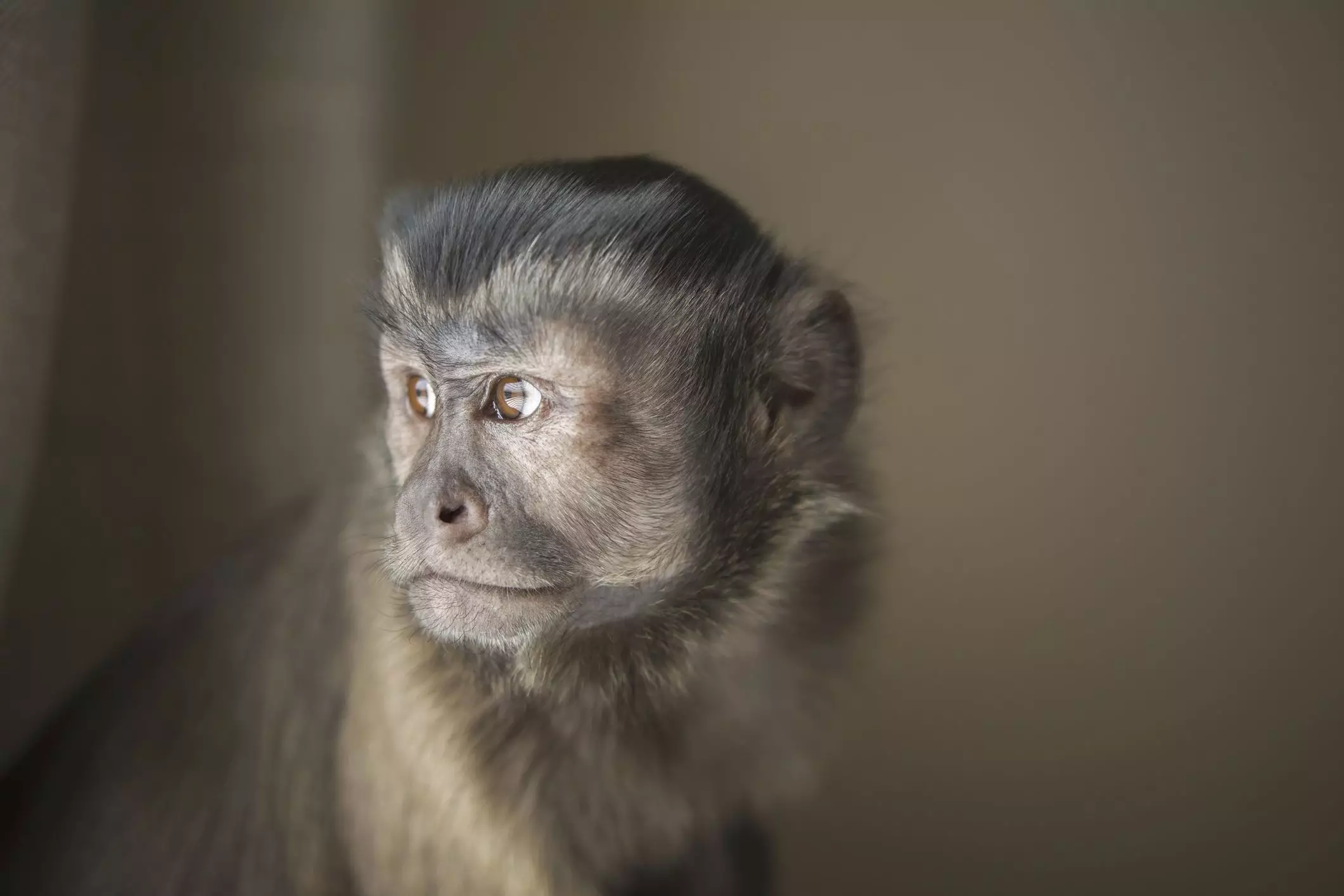Capuchin monkeys, with their playful nature and striking intelligence, often capture the hearts of many animal lovers. However, beneath their charming exterior lies a complex array of needs and characteristics that make them inappropriate as companions for most people. This article delves into the behavioral requirements, legal constraints, and welfare concerns surrounding capuchin monkeys in captivity, ultimately advocating for their preservation in their natural habitats rather than in human homes.
It’s no wonder why capuchin monkeys attract attention as potential pets. From their cuddly baby stage to their dexterous, expressive faces as adults, these monkeys have an undeniable appeal. Yet, many fail to recognize that, despite their initial charm, they are wild animals with specific needs that far exceed what ordinary pet owners can provide. As social beings, capuchins depend on interaction, stimulation, and space to thrive. When deprived of these essentials, the implications for both the animals and their human caregivers can be dire.
Early life with a capuchin may seem manageable; however, as they mature, these monkeys display behaviors that can be problematic, including aggression and destructiveness. Research shows that when these creatures lack sufficient stimulation, they often resort to destructive actions to cope with their boredom. This inevitability raises a troubling question: how many capuchins wind up in shelters or worse due to owners’ inability to meet their lifelong needs?
The legality of owning a capuchin monkey varies significantly across different states, with certain areas permitting ownership without much oversight. In places like North Carolina and Florida, capuchin monkeys can legally become pets, leading to a surge in ownership without adequate regulation. Prospective pet owners often overlook important ethical considerations, such as the psychological well-being of these creatures and the detrimental effects of capturing them from their natural environment.
Moreover, the process of acquiring a capuchin can itself contribute to a plethora of ethical dilemmas. Many breeders remove baby monkeys from their mothers too early, a process that not only fosters an unhealthy attachment to humans but can also lead to acute emotional distress for both the infant and the mother. The cycle of separation, commodification, and inadequate care underscored by the exotic pet trade poses significant moral questions about what it means to keep a wild animal as a pet.
In their natural habitat, capuchin monkeys display dynamic social structures, spending the majority of their days engaged in activities like foraging, playing, and grooming. Their unique roles within their social groups and their ability to explore diverse environments underscore how integral their natural behaviors are to their well-being. Unfortunately, captivity often obstructs these instincts.
To genuinely thrive, capuchins require ample physical and mental stimulation that is challenging—even impossible—to replicate within a home setting. Inappropriate housing can lead to behavioral problems such as aggression, depression, and a heightened stress response, which in turn threatens their health and well-being. The simple reality is that most household environments lack the necessary space and enrichment, and the average owner may not have the skills to engage a capuchin adequately.
Apart from the welfare challenges posed to capuchins, potential health risks to humans also complicate ownership. The Centers for Disease Control and Prevention (CDC) has raised awareness about zoonotic diseases that monkeys can transmit, such as hepatitis and herpes B virus. These health risks serve as stark reminders of the implications of keeping a wild animal as a pet and why they shouldn’t be considered domesticated beings.
Every year, cases of diseases stemming from pet monkeys alert veterinarians and public health officials to the dangers involved. The high likelihood of capuchins developing illnesses due to improper diets and lack of veterinary care only exacerbates this risk. Without a comprehensive understanding of the complexities of capuchin care, owners may inadvertently pose a danger to themselves and others.
Ultimately, while capuchin monkeys captivate with their smart and sociable nature, the realities of their needs reveal a more troubling picture. They should reside in their native habitats and not in homes where their emotional, psychological, and physical needs cannot be adequately met. Rather than pursuing ownership, individuals fascinated by these incredible animals can direct their passion toward supporting conservation efforts and sanctuaries that respect and preserve their natural behaviors and habitats.
Instead of jeopardizing the well-being of capuchin monkeys through captivity, let us embrace our role as stewards of their wild, lush homes and promote the advocacy of their existence where they are meant to thrive—among the trees in their natural rainforest environments. Thus, we might appreciate their charm without compromising their dignity as wild creatures.

